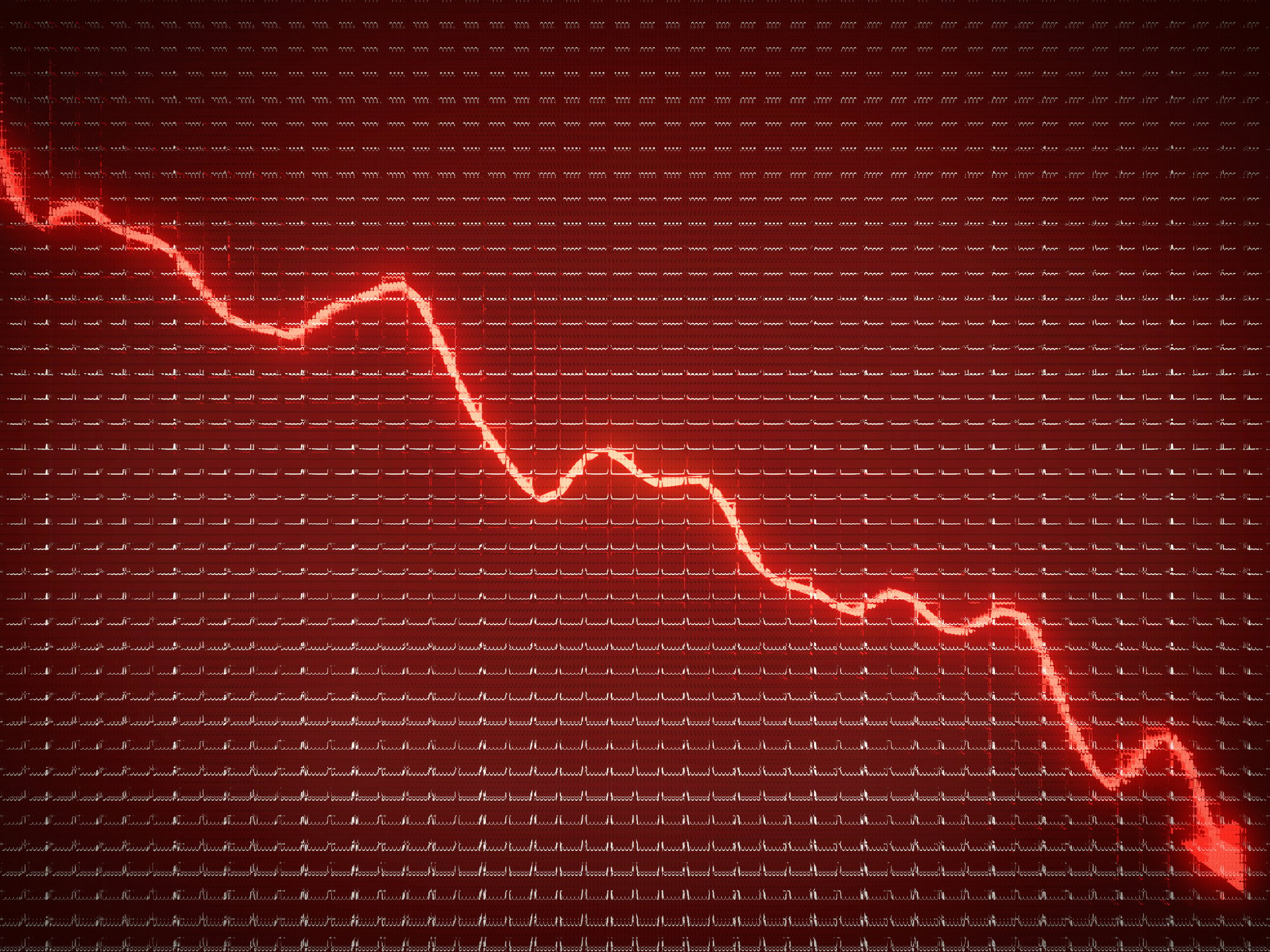Over the past few years, the rise of streaming video, cloud apps, virtualization, and other data-intensive tasks has resulted in bandwidth bottlenecks for service providers and data centers. These issues sparked fresh demand for fiber-optic components across the market, causing many stocks in the industry to post double- or triple-digit rallies over the past year.
Two closely watched stocks in that market are Infinera (INFN +0.00%) and Acacia Communications (ACIA +0.00%). Let's take a closer look at what these two companies do and which one is a better play on the current "super cycle" of optical upgrades.

Image source: Getty Images.
What do Infinera and Acacia do?
Infinera primarily provides long-haul wave division multiplexing (WDM) optical transmission systems for telecom companies. These systems let telcos boost the capacity of their networks without laying down additional fiber or overhauling their networks. The company uses a proprietary PIC (photonic integrated circuit) manufacturing process, which gives it a cost advantage against its direct competitors.
Infinera also recently diversified into the metro WDM and DCI (data center interconnect) markets, which cover shorter distances. Looking ahead, Infinera is highly dependent on telecom infrastructure upgrades across China to boost its top-line growth.
Acacia Communications offers coherent interconnect products for networks used by cloud infrastructure and service providers. Like Infinera, Acacia's systems boost the capacity of existing networks across the long haul, metro, and DCI markets. However, the key difference is that Acacia's technology uses smaller, denser, and more power-efficient 400G chipsets.
That difference, according to Acacia, makes its products better suited for newer (SDN) software defined cloud networking solutions. The hype about Acacia's technology caused it to rally 35% on its first trading day last May, and the stock now trades almost 130% above its IPO price. Like Infinera, Acacia's future growth relies heavily on big ongoing upgrades across China.
How fast is Infinera growing?
Infinera's revenue has fallen year over year for two straight quarters. Its revenue dropped 31% annually last quarter, and analysts expect it to finish the year with an 8% decline, compared to a 2% drop in fiscal 2016. On the bottom line, Infinera posted GAAP and non-GAAP net losses during the quarter, and analysts expect it to finish the year in the red.
Infinera attributes those declines to a "historical overexposure" to the long-haul market, which remained weak as customers mainly upgraded connections over shorter distances. Infinera also noted that a "significant consolidation" in its customer base exacerbated the slowdown.
But looking ahead, Infinera's prospects are expected to improve as its new short-range metro and DCI businesses grow and cyclical demand for long-haul upgrades rebounds. That's why analysts expect Infinera's revenue to rise 16% in fiscal 2018, and for its non-GAAP earnings to climb back into the black.
How fast is Acacia growing?
Acacia has posted triple-digit sales growth in every quarter since its market debut. Its revenue surged 108% annually last quarter, but that growth is expected to cool to 21% this year. Acacia's GAAP and non-GAAP earnings, respectively, rose 161% and 151% annually, but its non-GAAP earnings are expected to rise just 5% this year.
The jarring difference between Acacia's past performance and future forecasts is tough to ignore. Acacia attributed its robust growth in past quarters to strong demand for its 100G and flex-400G products in the metro and DCI markets.
But last quarter, it offered downbeat guidance for the first quarter due to a "lower than anticipated order rate from one of our larger customers with exposure to the DCI market." But looking further ahead, analysts expect Acacia's revenue and non-GAAP earnings to respectively rise 19% and 15% in fiscal 2018.
The valuations and the verdict
Infinera has negative trailing and forward P/E ratios, due to its aforementioned profitability issues. Acacia trades at 16 times earnings and has a forward P/E of 14 -- which both seem cheap relative to its growth rate. Those ratios are also lower than the industry average of 25 for communication equipment companies.
Acacia's stable profitability, low valuations, and newer tech designed for cloud networking all make in a more appealing play than Infinera. Acacia's forward growth doesn't look as sexy as it did in the past, but its double-digit sales and earnings growth still look appealing for a stock that trades at a discount in a high-growth industry.






